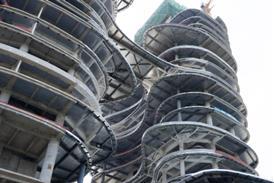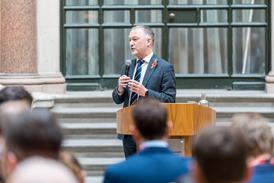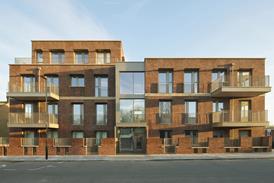We have destroyed the notion of planning just when we need it most, says leading architect
Architects are being emasculated by a system which has no interest in good design or urbanism, David Chipperfield has said.
As a result they have retreated behind the red lines of their plots and rarely collaborate with other architects, he told the RIBA’s international conference.
Strategic thinking about cities has been replaced by masterplans which he said were nothing more than “a convenient allocation of ground, showing where the traffic will come in and go out”.
“A masterplan is urban planning without a vision,” he added. “It has surreptitiously replaced the notion of urban planning which carried some idea of what a city should look like.
“We have completely destroyed the notion of planning,” he added.
At a point when we need most planning we have the least. We are in a sort of crisis
David Chipperfield
“I look out of my window and I have never seen so many cranes. Is that quantity of development represented in investment in our planning departments? Do they have more resources as a result? No, they have never had less.
“At a point when we need most planning we have the least. We are in a sort of crisis. Pandora’s Box has been opened.”
He held up Berlin as a successful city and said this had been achieved in part through light touch regulations on such things as building heights, social housing and rentals.
The Grenfell Tower tragedy underlined the importance of having some regulation despite the efforts of populists like Michael Gove who promoted the erosion of regulation “as if it were a foil to enterprise”.
Chipperfield said the quality of individual buildings in London had improved over the last 25 years but he said architecture had to be more than “individual acts”. At the same time architects’ ability to shape the city and engage with public attitudes had been eroded, he said.
“Architects are increasingly emasculated and have retreated from any ambition beyond the red line of our building plot,” he told Tuesday’s conference, Change in the City.
He had been shocked to discover how infrequently architects in Europe collaborate on a common project – the theme of his Venice Biennale in 2012.
“[We found] very few projects where architects were encouraged to work together in anything that combined their efforts that was more than one building – or at best a circus of star architects accumulated for commercial reasons,” he said.













7 Readers' comments